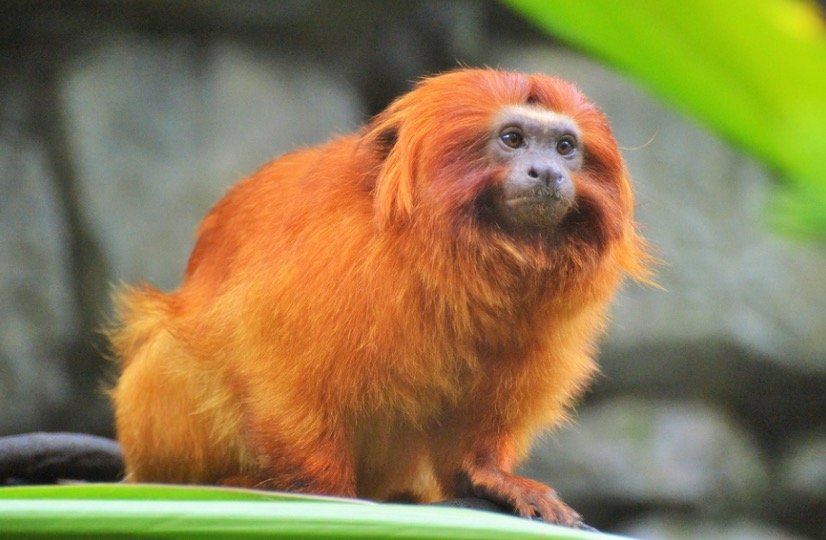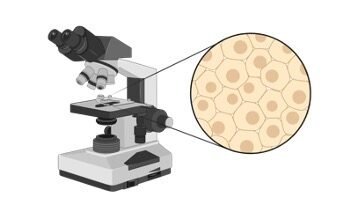Tamarin Classification
Kingdom: Animalia
Phylum: Chordata
Class: Mammalia
Order: Primates
Family: Callitrichidae
Genus: Saguinus
Species: Saguinus ursula

Tamarin Description
The tamarin is a small monkey that belongs to the genus Saguinus. The genus comprises 13 species that are native to New World. The tamarins are distributed in the jungles of the Amazon basin and other parts of Central and South America and live in the treetops.
Most of the species of tamarin are endangered in their jungle habitat. Appearance The most notorious species of tamarin include the golden lion tamarin (S. Ursula), which has an impressive golden-brown mane of fur similar to those of male lions. The tail is relatively long and its face is small, black.
Other tamarin species are black with some interesting mustache-like features. The weight of 13 species ranges from 7.8-31.7 oz and their length ranges from 5.1- 11.8, not including their weights.
Tamarin Diet and Predators
The range of tamarin occurs in tropical rainforests and lives in trees. They rest on hollow trees at night and during the day, they forage for food by climbing branch to branch. Their long fingers help them in snagging insects, fruits, and small lizards and birds.
Tamarins are small primates and have several predators such as snakes prey on them and their young and wild cats, some species of birds also feed on tamarin. To avoid predation, they move swiftly in the forest canopy at high speed. They hide in tree hollows at night to avoid predation.
Social Structure and Breeding of Tamarin
Tamarins are social animals and live in family groups of up to 40 individuals. However, a typical family group consists of about 10 members. The males are also involved in parental care and also carry their offspring around between feedings.
The gestation period of around 140 days after that the female gives birth to two young, which are usually twins. The new monkeys are raised by the males and other juveniles in the family, they often carry for them throughout the day but when required, return them to their mothers.
New tamarin starts eating solid food at the age of one month. They reach full maturity at the age of two years and become an independent member of the family. The life span of tamarin is about 18 years, although some species live closer to about 10 years.
Conservation Status of Tamarin
The Amazon rainforest basin is the major habitat of tamarin and also one of the most biodiverse areas in the world. Amazon basin is also considered as one of the most threatened areas in the world.
The tamarin and thousands of other species are continuing to strip from their natural habitats due to deforestation and the extension of agricultural land.
The IUCN red list for threatened species listed the golden lion tamarin as endangered species after the improvement from its previous critically endangered status.
Fun Facts About Tamarin
The habitat of tamarin includes one of the highly important and rare parts of the world. The area is relatively small and productive, which provided habitat to many closely related species. The tamarin show many interesting biological concepts to learn about it.
i. Difficult to Categorize
The taxonomy of tamarin is not straightforward. Originally, there are ten species in the genus Saguinus. Further, based on their unique facial hair patterns, they are divided into ‘morphotypes’.
Later, they are classified based on dental measurements and separated into two clades, and eventually, the genus consists of 15 species and no subspecies. A genetic analysis was conducted by the researcher in 2016 on the genus and other primates.
This study suggests that some members of the genus have emerged from other members about 10 million years ago. The members include the saddle-back tamarin but they emerged earlier than other monkeys and marmosets of genera Callithrix, Cebuella, and Mico thus the saddle-back tamarin was moved to genus Leontocebus.
ii. The Golden Touch
A beautiful color morph has evolved by the red-handed tamarin, which is quite interesting. The species is native to wooded areas north of the Amazon River and is well known for its conspicuous golden hair. It contains golden hair on hand which is in contrast to its black fur. The red-handed tamarin also has some gold-colored flecking on the anterior side and rump.
iii. Fierce Competition
Some species of tamarin are relocating from their natural habitat due to being threatened and global climate change, changing weather patterns in many areas. Thus due to fierce competition for remaining habitat, it can add to the demise of other tamarin species and it also causes harsh effects on the ecosystem.
For instance, the red-handed marmoset is expanding into the historical range of the pied tamarin, which is causing inter-specific competition and leading to the replacement of pied tamarin by the red-handed marmoset.
It also highlights the challenges linked with conservation efforts because the introduction of threatened species to a new range to save it, may cause harm to the native species of this range.
Tamarin Citations
Share












